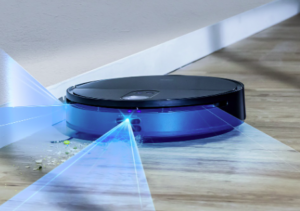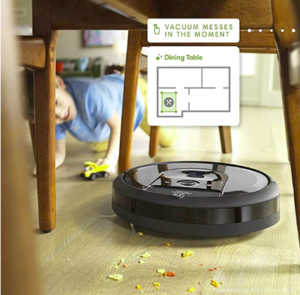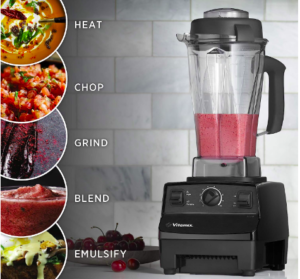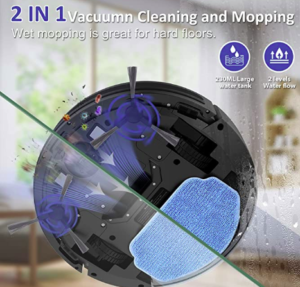
What is Smart mapping?
Smart mapping is a function that enables a robot vacuum to map your house and remember the layout of each area. This helps the robot to clean more effectively and travel more efficiently.
Popular robot vacuums with smart mapping
Smart mapping Roomba i7+ by iRobot:
This device makes precise maps of your house using a camera-based navigation system, allowing you to decide which rooms to clean and when.
Connected Neato Botvac D7:
This device creates precise maps of your home using a laser-based navigation system, allowing you to decide which rooms to clean and when.
RoboVac L70 Hybrid from Eufy:
This device creates precise maps of your house using a combination of infrared and laser sensors, allowing you to decide which rooms to clean and when.
Connected Neato Botvac D4:
This device, too, has a laser-based navigation system and generates precise maps of your house, allowing you to designate which rooms to clean and when.
Smart mapping Arte iClebo:
This model also has a clever mapping system that lets you create cleaning schedules for each area in your house.
Some of these models also include a function called “Zoned Cleaning,” which enables you to select particular regions of a room to clean, while others have a feature called “Keep Out Zones,” which allows you to establish limits in specified areas of your home where the robot should not go.
It’s vital to remember that while the smart mapping technology might make the robot vacuum cleaner more efficient and effective, it can also raise the device’s price. Before making a purchase, it is usually a good idea to read reviews and compare features.
How noisy is a robot vacuum cleaner?

The noise level of a robot vacuum cleaner varies according on the model and features.
Some types are meant to be quieter than others, and the degree of noise can also vary depending on the cleaning mode and suction force.
Robot vacuums are often quieter than typical upright vacuums, with most models functioning at 60-70 dB.
To give you an idea, 60 decibels is the volume of a regular conversation, while 70 dB is the volume of a vacuum cleaner.
Some high-end versions, such as the iRobot Roomba S9+ and Neato Botvac D7 Connected, have noise levels below 60 decibels, making them even quieter.
It’s vital to remember that the kind of flooring and the amount of dirt and debris cleaned up might have an impact on the noise level. If the robot vacuum cleaner is having difficulty picking up dirt, it may make additional noise.
It’s also worth noting that a robot vacuum cleaner may be programmed to run when you’re not at home; it can clean while you’re sleeping or away, so noise shouldn’t be an issue.
Most manufacturers give information on noise level; before purchasing a robot vacuum cleaner, examine the specs on the product website or the manual to learn about the noise level and compare it to other models.
How long should a robot vacuum last?

If you do no maintenance on your robot vacuum other than emptying it, you should get about a year of use before the cleaning power drops down.
However, wiping down the sensors once a month and replacing the filters and brushes as needed will considerably increase the life of a robot vacuum. A more cheap model, like as the Roomba 675, has a lifetime of up to two years. Upgrade to a higher-end model, like as the iRobot j7+, and our research and testing indicate that with good maintenance, you may get five years or more of cleaning.
You might have missed:





